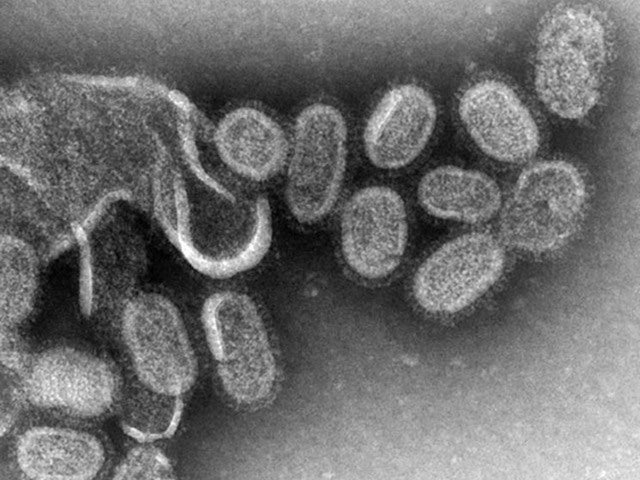United States Gripped With Flu Epidemic
Kevin Felts 01.16.18

Turn on the news and chances are you will hear something about the flu. The story may talk about how hospitals are overwhelmed, how people are filling the hospital halls, or how the number of deaths have doubled in a week.
What is the cause of the 2017-2018 flu epidemic? The problems are twofold:
- The vaccine was a poor match for this year’s seasonal flu virus. Some estimates put the vaccine at only 10% effective.
- Two strains of flu are making their rounds: Aussie flu and Japanese flu.
Aussie flu was reported in Australia during that nation’s 2016-2017 flu season. The H3N2 flu strain caused the worst outbreak of influenza on record in Australia. I wrote about the Australian flu season in this article: Possible Worse-Than-Normal Flu Season On The Way.
On January 8, 2017, an article was posted talking about how England is Engulfed In Flu Epidemic.
Now, it’s our turn.
From ABC News: Flu now considered epidemic in US as hospitalizations climb during peak season.
The Centers for Disease Control and Prevention (CDC) believes the nation is at peak flu season, as the disease is now considered to be an epidemic, based on its medical impact, the federal agency said today.
The rate of hospitalizations for pneumonia and the flu is continuing to climb amid a CDC warning of several more weeks of significant flu activity.
This correlates with the Australian flu season, which started earlier than normal and lasted longer than normal.
From San Diego to South Carolina, the number of people who have died during the 2017-2018 flu season is double that of the the 2016-2017 season.
Centers for Disease Prevention Recommends the following steps to help prevent spreading the flu:
- Try to avoid close contact with sick people.
- While sick, limit contact with others as much as possible to keep from infecting them.
- If you are sick with flu symptoms, CDC recommends that you stay home for at least 24 hours after your fever is gone except to get medical care or for other necessities. (Your fever should be gone for 24 hours without the use of a fever-reducing medicine.)
- Cover your nose and mouth with a tissue when you cough or sneeze. Throw the tissue in the trash after you use it.
- Wash your hands often with soap and water. If soap and water are not available, use an alcohol-based hand rub.
- Avoid touching your eyes, nose and mouth. Germs spread this way.
- Clean and disinfect surfaces and objects that may be contaminated with germs like the flu.